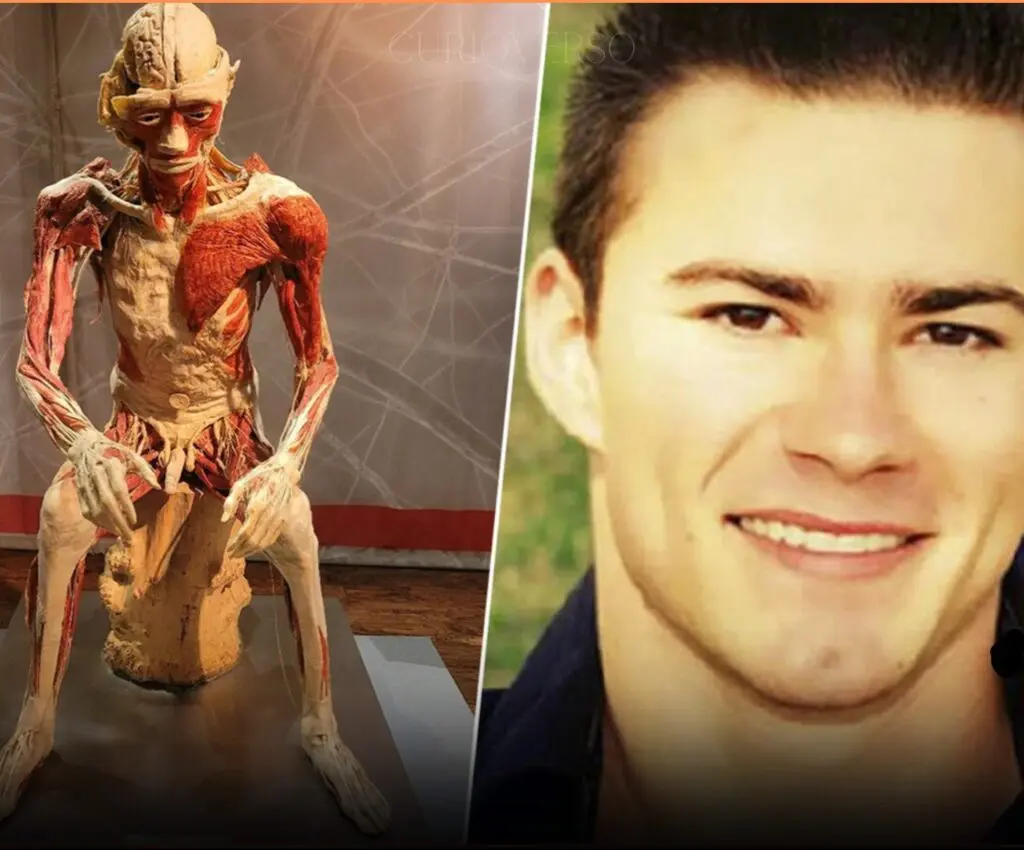Article first appeared in Litreator.
Hazel Drew’s lifeless body was found floating in Teal’s Pond in Sand Lake, NY on July 11th in 1908. She was young, attractive, and mysteriously dead. Over a century later her murder is still unsolved. All that remains of her is her gravestone at the Brookside Cemetery in Barberville, NY, not far from the pond where her body was found. The autopsy reveals cause of death to be repeated blunt trauma to the back of the head.
Hazel Drew had, up until that time, been working as a governess in Troy, NY for a man named Edward Cary, a respected engineering professor at Rensselaer Polytechnic. She looked after his children and lived in his home along with his wife, dining with the family and by all accounts quite beloved by the community of Troy, NY.
What would cause a young woman at her prime, who seemed to be living such an innocuous life to be so brutally murdered? Clearly, there is more to this case than meets the eye. There is currently a documentary in progress shooting in Troy, set to release this fall. The story continues to baffle history and true crime buffs. One writer in particular, immortalized her on the television screen in a cult phenomenon called Twin Peaks.
Twin Peaks was the creation of Mark Frost and David Lynch, airing in 1990 on ABC. It turns out that Mark Frost’s grandmother, Betty Calhoun, who was alive during the time of the murder, would tell her grandson ghost stories about Hazel Drew’s ghost haunting the woods near the site of her murder, which just so happened to be where he would spend his summer vacations in upstate New York. The story stayed with him and when he and David Lynch were brainstorming a TV series he decided it was a fascinating enough premise, brimming with enough loose ends and unanswered questions, to launch the perfect eerie show.
Initially, they meant to set it in upstate New York in the very town she vanished from, but the studio preferred a town with a larger population, so they relocated to Oregon, to the iconic setting we are so familiar with today.
The show begins post death. Laura Palmer is found at the water’s edge, her lips and skin already blue. The entire town is in mourning and reeling from the shock of such a ‘good girl’ ending up naked and dead with no explanation. Her parents, friends, confidants, and lovers are grief stricken beyond comfort. The part of Laura Palmer is played by Sheryl Lee, who’s resemblance to Hazel Drew is beyond striking— almost as if Hazel had cast herself. I can almost see her, hovering over David Lynch, whispering in his ear, “This is the girl.”
Twin Peaks chronicles the process of gradual unearthing of the character and life of Laura Palmer. The show hinges on two jarring images that do not seem to fit— the prom picture on her parent’s mantle— a perfect daughter. The other image is the one we see at the opening, which is of her naked corpse. The audience is forced to reconcile these two images of virginity and something corruptible by sin and decay.
Twin Peaks draws in the audience, and like many David Lynch projects, the way the story is told, makes the viewer an accomplice in the murder and invested in unearthing it. Just as in Blue Velvet, where there is a tension within the protagonist played by Kyle MacLachlan (who also plays Agent Dale Cooper, the man called in to solve the mystery of the death of Laura Palmer) between desiring the ‘good girl’ played by Laura Dern, and the ‘bad or fallen woman’ played by Isabella Rossellini – so are the characters in Twin Peaks torn between their image of Laura as a sweet girl who volunteered for ‘meals on wheels’ and the troubled teen who was doing coke and possibly turning tricks at an open secret brothel catering to the tastes of the rich and powerful men who ran the town.
The characters, settings and situations in Hazel Drew’s life inspired the universe of Twin Peaks. Many records were burned. If you try to find out anything about her or the people in her life, you will run up against a strangely absent body of evidence, almost as if it was purposely destroyed to protect powerful people in the town.
The story is not over. The mystery is still in need of solving. The time is ripe for female voices beyond the grave rising above the din to set the record straight. Hazel Drew was young, beautiful and smart. These are qualities that you would think would give her a leg up in life, and for a time, they certainly did. She knew how to work her angles. It worked for her – until it did not.
What happened by that pond? Was she meeting a man? Why was she so well dressed? Why did she suddenly quit her job working at the Cary place a few days before heading out to Sand Lake? Why did she give multiple cover stories to everyone she talked to?
It could be that she was entangled with forces more powerful than she could handle. In the years leading up to her death she had started living large. Travelling by train to Albany, Boston, NYC, and Providence, RI on a regular basis, wearing tailor made clothes which were beyond her modest governess financial means. Much speculation abounds as to who was her wealthy benefactor. Love letters were found in her abandoned suitcase along with not one but two kimonos. One of the senders of said love letters is one of the main suspects for the current documentary in production, but something tells me she is not at rest.
These loose ends remain unnervingly loose. I recently moved to Troy, NY. I look around these old streets and I see her walking around the town she loved so dear. I see her walking and I hear her talking and I feel her watching. She has a story to tell and I just hope that now people are finally ready to hear what she has to say.
Leza Cantoral is the Editor in Chief or CLASH Books, a local Troy indie press.





 RadioRadioX
RadioRadioX